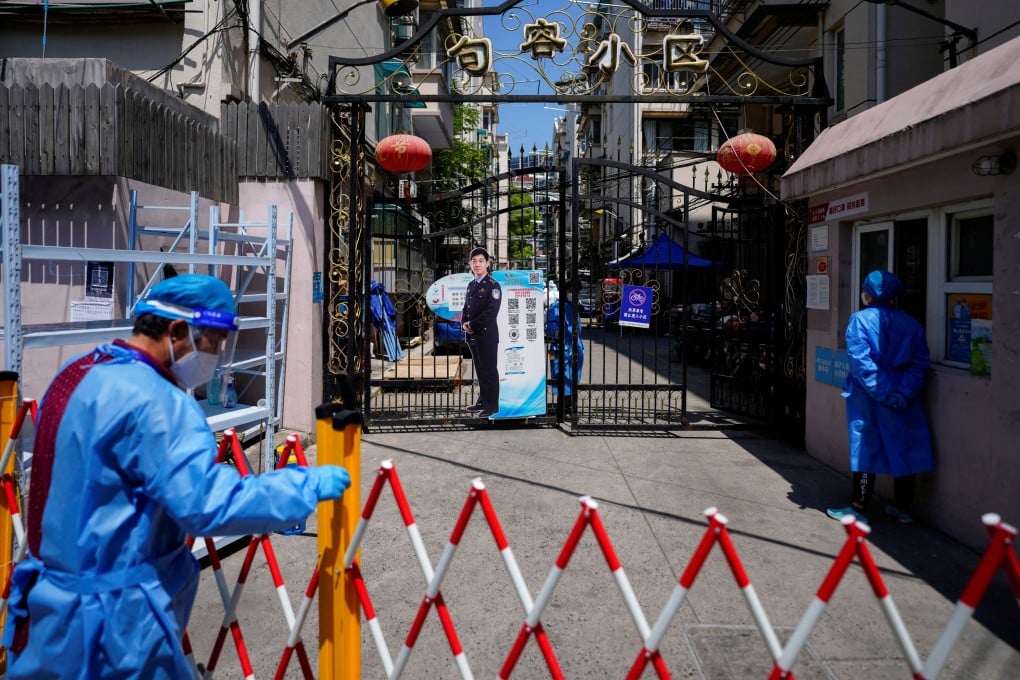Advertisement
Macroscope | Why it’s not all doom and gloom for China’s battered markets
- While the mounting costs of China’s zero-Covid policy have become an important driver of global markets, there is more to this story
- The Federal Reserve’s hawkish turn is an equally important factor in the global sell-off, and Chinese stocks are early in pricing in bad news
Reading Time:3 minutes
Why you can trust SCMP
10

Since the start of this year, sentiment in financial markets has deteriorated dramatically. The scale and severity of the loss of confidence among investors has been staggering, pummelling nearly all asset classes and causing a fundamental reassessment of the prospects for the global economy and markets as the era of ultra-cheap money comes to an end.
While there are numerous forces at play, one of the most important in the past few months has been the growing influence of China’s economic and financial problems. The two main factors weighing heavily on asset prices – the surge in inflation and the sharp deceleration in economic activity – are increasingly seen through the prism of Beijing’s much-criticised “dynamic zero-Covid” policy.
Coming when Russia’s invasion of Ukraine has caused many foreign investors to view China – Moscow’s most important ally – in a less favourable light, the economic damage wrought by the government’s zero-tolerance approach has had a much more negative impact on sentiment than many investment strategists anticipated.
The unexpected citywide lockdown of Shanghai, China’s most populous city and home to the world’s busiest port, has taken the battle against the virus into a new and more dangerous phase and made it much more consequential for the global economy and markets.
In the past two months, a China scare has taken hold despite more forceful attempts by the government to shore up confidence in the nation’s rapidly slowing economy. The most conspicuous sign of the deterioration in sentiment was the steep fall in the value of the yuan versus the US dollar last month, accentuated by record outflows of foreign capital from China’s once-resilient government debt market.
In a report published on Tuesday, JPMorgan said the dramatic decline in the yuan – the currency’s worst month versus the US dollar in history – had “reignited fears of 2015-16-type domestic capital flight”. While the comparison is inapt, not least because of the imposition of stricter capital controls following the botched 2015 currency devaluation, there are deeper concerns this time around.
Advertisement
